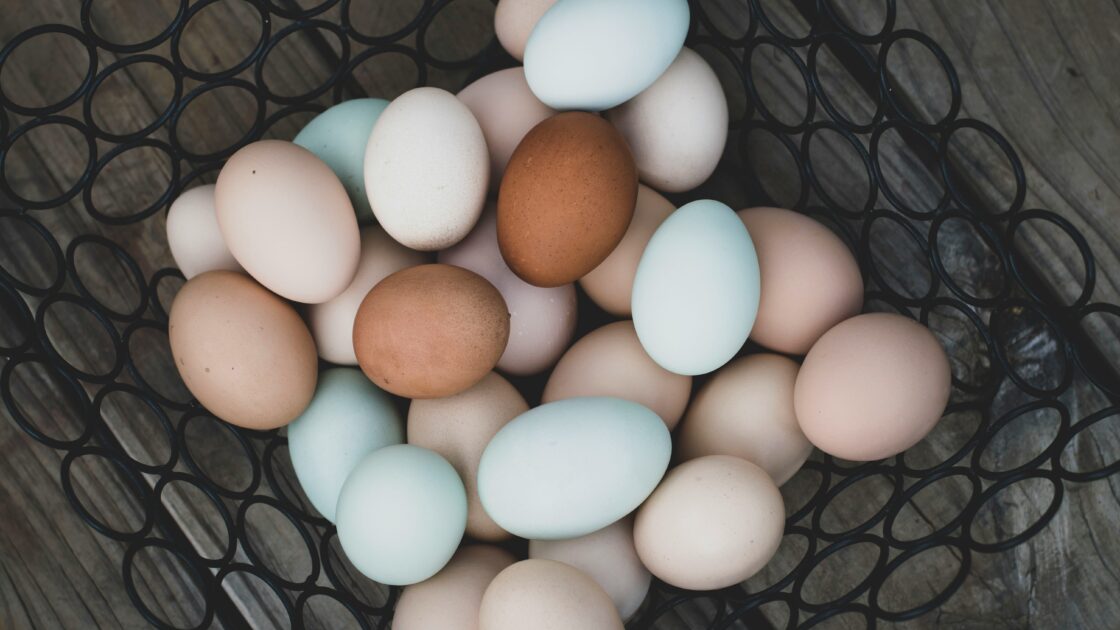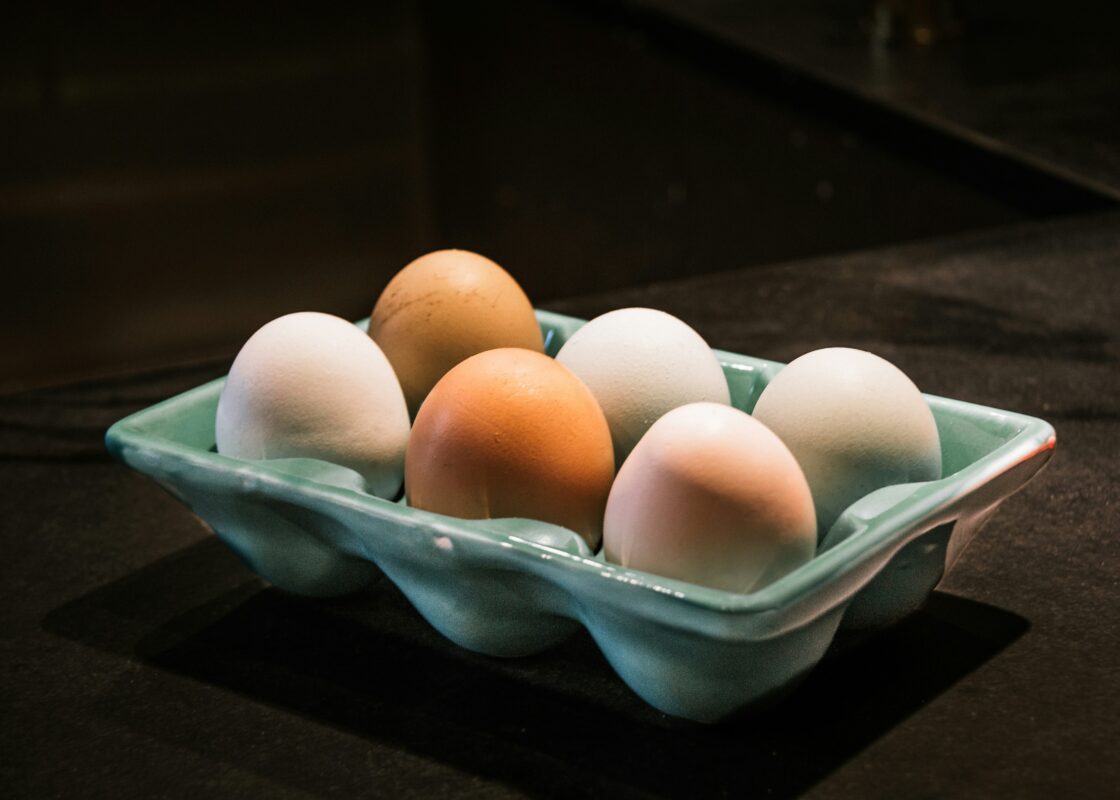6 Naturally Colored Eggs Straight From the Chicken for a Dye-Free Easter
Skip the dye! Discover the stunning, natural colored eggs you can get straight from the hen for beautiful Easter egg coloring.

When you start hearing about naturally colored eggs this time of year, it’s usually pertaining to natural ways of dying eggs. But in this case, we’re considering a chicken of a different color — all the beautiful, natural hues that you can find in an eggshell depending entirely on the breed of hen that lays them.
While it’s a common misconception to believe that brown eggs are somehow more “natural” than white, eggshells are determined by a number of factors. The best way to choose the egg color you like is to go straight to the source, either by raising your own chickens or by getting in touch with someone who raises chickens to see if they have some eggs to sell. Either way, it’s important to be familiar with the breeds that lay each color. In honor of Easter, here are some of our favorites for a varied and colorful selection.
If you have your own laying hens, you can even wipe off some of the color right after the egg is laid to create your own patterns. The thing that’s important to bear in mind throughout is that even though some colors may be more visually pleasing, none is healthier than another when cooked up as perfect scrambled eggs or hard-boiled for Easter.
6 Hens That Lay Different Colored Eggs for Easter

1. If you like dark brown eggs, Welsummer hens may be the best place to source them.
If you’re planning on raising your own hens, these are a great choice. They’re fantastic all-purpose backyard birds. They’re also great layers, with about 5-6 eggs per week. The color of the eggs is much darker than that of a traditional brown egg and often features even darker brown speckles, making for a beautiful shell.
2. Rhode Island Reds are another brown egg laying breed, but these eggs are a bit paler than those of the Welsummer.
They tend to be very sweet, curious birds and lay about an egg a day — provided you choose the heritage breeds and not the production breeds! Rhode Island Reds are related to the lesser-known Rhode Island Whites, which, despite their name, also lay brown-colored eggs.
3. Generally speaking, a white chicken with white ear lobes will lay white eggs.
This is the case with Anconas, so if you want some white eggs in the mix, this is a good breed to seek out.
4. Cuckoo Marans are known for their very dark brown eggs, but watch out!
Not every Maran lays the same chocolate brown eggs, and it can be difficult to guess ahead of time which laying hens lay these. If you’d like their chocolate brown eggs for your Easter basket, it might be best to go straight to the source and buy them from a local producer.
5. Ameraucanas are some of the rarest birds to source and lay surprising blue eggs.
They are often confused with Easter Eggers, which lay both green and blue and sometimes even pink eggs. Many breeders prefer to stick with Ameraucanas because they breed true. Unlike Easter Eggers, which are not a recognized breed and do not breed true. Of course, there’s a tradeoff — Ameraucanas may lay beautiful eggs, but they don’t lay very many.
6. Another hybrid breed is the Olive Egger, which lays unusual olive green-colored eggs — just one more to add to an array of completely naturally hued eggs in your Easter basket!
Related on Organic Authority
7 Ideas for Egg Carton Crafts and Repurposing Projects
7 Cool Alternatives to Dying Easter Eggs the Traditional Way
5 Tips for a Perfect Poached Egg

